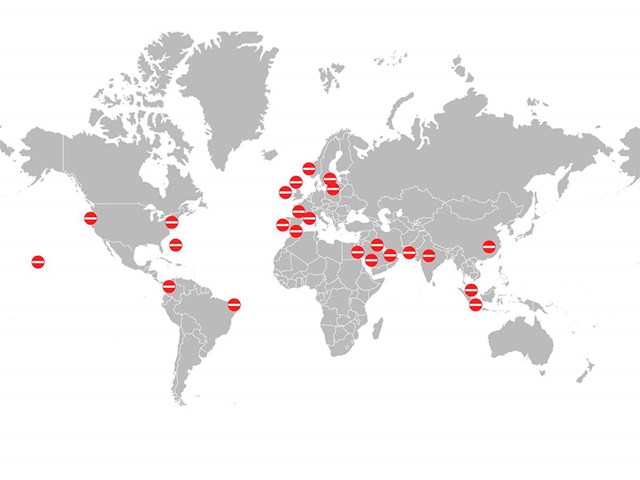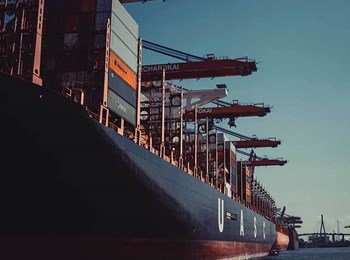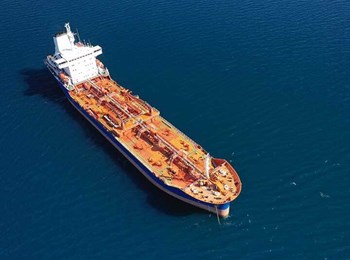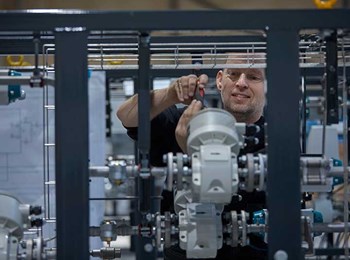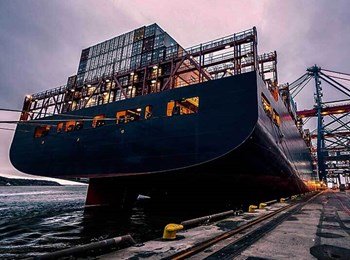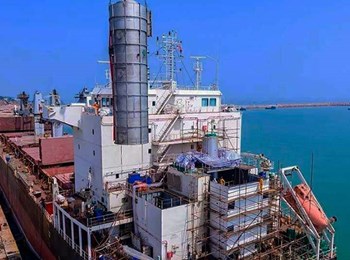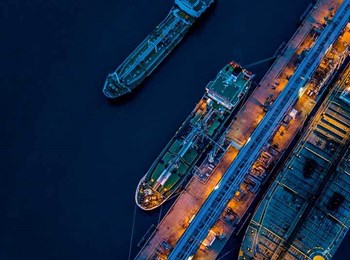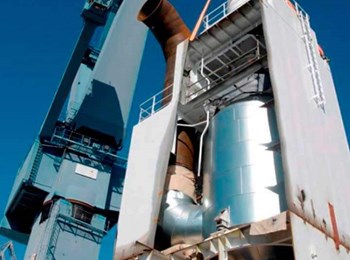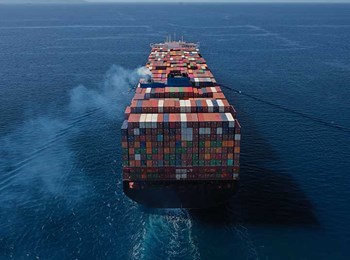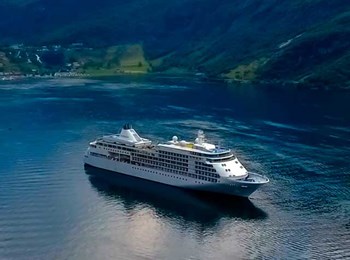At the top of the scrubber tower, a continuous emission monitoring system (CEMS) is placed to monitor the emission outlet concerning the IMO 2020 sulfur limit to ensure constant compliance. The cleaned exhaust gas stream can pass through an inlet at the top of the closed-loop scrubber. The wash water will move downstream to the process tank. Through automatic monitoring and control, alkali is automatically dosed directly into the process tank to maintain the process pH and, thereby, the SOx removal efficiency. Dosage can also be inline before the scrubber. The alkaline and the specific amount depend highly on where and how the vessel operates. The pH adjustment is the primary environmental advantage as it ensures to neutralize the sulfuric wash water. Additionally, the water quality is reached by maintaining a low temperature by cooling the scrubber water with fresh seawater in a heat exchanger. A small amount of the wash water is bled off from the process tank to a water treatment unit (WTU) to remove the accumulated impurities from the scrubber wash water. The WTU removes suspended solids, polycyclic aromatic hydrocarbons (PAH=, particulate matter (PM), and harmful elements stemming from the combustion process, such as oil, ash, and soot. A water monitoring unit (WMU) is attached to continuously monitor and control pH, temperature, turbidity, and PAHs concerning IMO regulations on scrubber water discharge. The scrubber sludge is led to a holding tank, where it is stored until land-based disposal is possible, against fee payment. The sludge can be dewatered with a filter press for further solid and liquid separation to reduce the weight of the sludge. Reduced sludge weight causes reduced sludge handling costs. The rejected water is then recirculated back into the scrubbing process.
There are multiple reasons why treating marine exhaust gas streams with a closed-loop scrubber is advantageous, but three significant reasons are worth highlighting.
